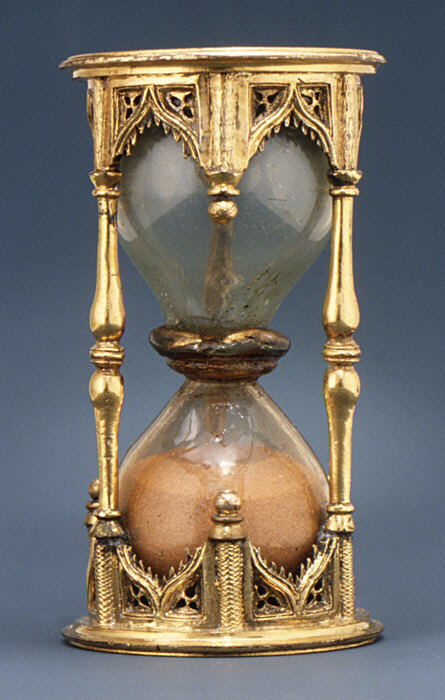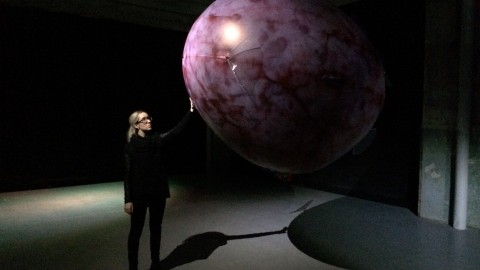Types and Usage
The first hourglass, or sand clock, is said to have been invented by a French monk called Liutprand in the 8th century AD. However, concrete evidence of this revolutionary new form of clock, which measures time by the descent of sand from one glass bulb to another, first appeared in European ship inventories from the 14th century. Arriving just in time for the “Age of Discovery”, the hourglass was ideal for ocean travel because the bobbing waves didn’t affect its accuracy.
An hourglass is a device that was used to measure the passing of an hour. It has two round glass sections linked by a narrow channel, and contains sand which takes an hour to flow from the top section into the lower one.
History is a bit fuzzy on the invention of the hourglass. Some believe the idea can be credited to a French monk named Liutprand in the eighth century. It wasn’t until the fourteenth century, however, that the hourglasses become a commonly used tool for measuring time. Written records began showing evidence of hourglasses in the 1300’s, originating out of medieval Europe. Most accounts are from ship logs, where hourglasses were used because the rocking motion of the ship did not alter the mechanical workings of the hourglass. Many considered it to be the most accurate way to measure time while at sea. On land, the hourglass gained popularity due to its inexpensive nature. The oldest known hourglass belongs to the British Museum in London.
Unlike most other methods of measuring time, the hourglass concretely represents the present as being between the past and the future, and this has made it an enduring symbol of time itself.
The hourglass, sometimes with the addition of metaphorical wings, is often depicted as a symbol that human existence is fleeting, and that the “sands of time” will run out for every human life. It was used thus on pirate flags, to strike fear into the hearts of the pirates’ victims. In England, hourglasses were sometimes placed in coffins,[16] and they have graced gravestones for centuries. The hourglass was also used in alchemy as a symbol for hour.
Modern symbolic uses
Recognition of the hourglass as a symbol of time has survived its obsolescence as a timekeeper. For example, the American television soap opera Days of Our Lives, since its first broadcast in 1965, has displayed an hourglass in its opening credits, with the narration, “Like sands through the hourglass, so are the days of our lives,” spoken by Macdonald Carey.
Various computer graphical user interfaces may change the pointer to an hourglass during a period when the program is in the middle of a task, and may not accept user input. During that period other programs, for example in different windows, may work normally. When such an hourglass does not disappear, it suggests a program is in an infinite loop and needs to be terminated, or is waiting for some external event (such as the user inserting a CD). Unicode has an HOURGLASS symbol at U+231B
Tags: Clarity Is Choice Clear Goal Are Essential










